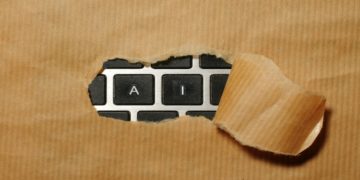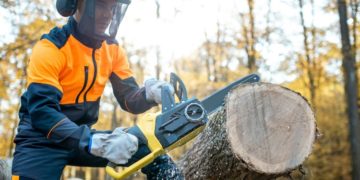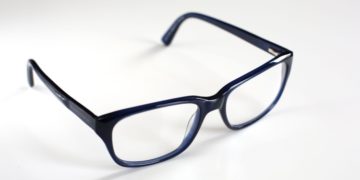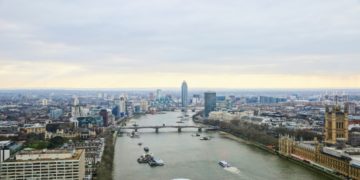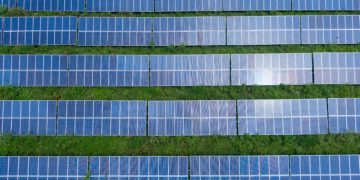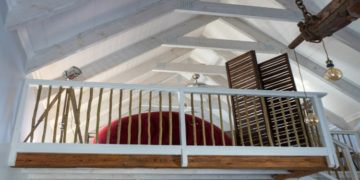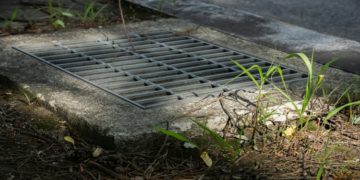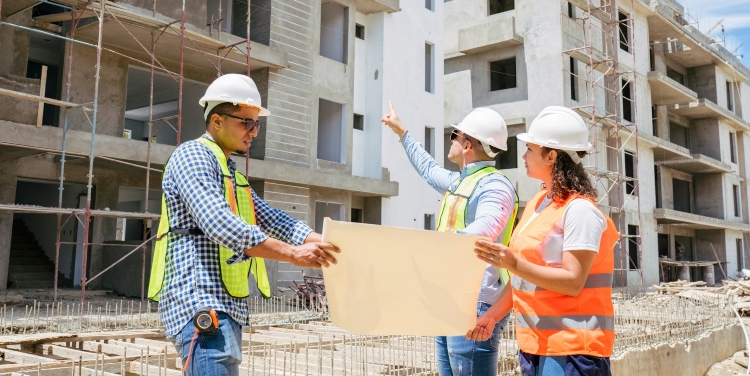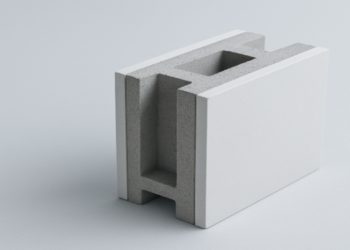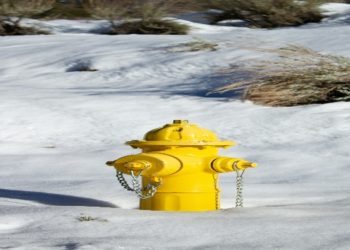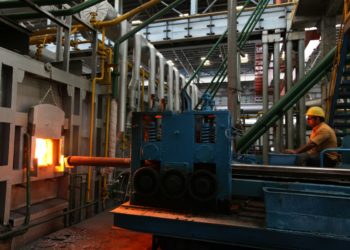Engineering projects demand accuracy.
A small mistake can lead to delays + cost overruns + structural failures.
Traditional surveying methods, while useful – often take time and leave room for errors.
That is why we use 3D laser scanning survey technology to collect precise data quickly.
So, what is 3D laser scanning surveying?
It is a method that captures real-world data using laser beams. These lasers scan surfaces and objects – creating a detailed digital model.
The result? Millions of precise data points known as a point cloud. This digital representation helps engineers design + modify + analyse structures with accuracy.
Why engineers use 3D laser scanning surveys
In engineering – precision is everything.
3D laser scanning survey technology removes the guesswork. It records exact measurements – reducing human error. Engineers can compare the scanned data to project designs – making adjustments before problems arise.
This method is also quick.
You scan a large area in hours, not days. It captures details that traditional methods might miss. Complex structures + inaccessible areas + underground utilities become easier to study without digging or disrupting work.
Applications in engineering
Construction projects – From foundation to final touches – accurate data helps contractors build safely and efficiently.
Structural assessments – Engineers use scans to inspect old buildings + bridges + tunnels for damage or wear.
Infrastructure planning – Roads + railways + pipelines require precise mapping to avoid costly mistakes.
Reverse engineering – When original blueprints are missing – scans help recreate accurate 3D models.
How 3D laser scanning survey saves time and money
Mistakes in engineering are expensive. Rework can push budgets over the limit. 3D laser scanning survey reduces this risk by providing reliable data from the start.
This means fewer surprises during construction. It also speeds up approvals, as planners and stakeholders can visualise the project clearly.
With traditional surveying – revisits are common. Missing measurements mean delays. Laser scanning avoids this. Once scanned – the data is stored and can be used anytime. This also reduces labour costs – as fewer site visits are needed.
The process – From scanning to usable data
Scanning the site – A scanner is set up at multiple locations to capture the entire area.
Creating the point cloud – Millions of data points are collected and processed into a digital model.
Generating a 3D model – The point cloud is converted into a usable 3D format for engineers.
Analysis and implementation – Engineers use the model for design + simulations + modifications.
Challenges and solutions
No technology is perfect. 3D laser scanning survey has its challenges. Some surfaces, like glass or water, can be difficult to scan.
However, modern scanners use advanced techniques to minimise errors. Weather conditions can also affect accuracy – but scanning indoors or in stable conditions helps.
Large data files can slow processing. Engineers tackle this by using specialised software and high-performance computers. Proper data management guarantees smooth workflows.
So, what is the future of 3D laser scanning in engineering?
This technology is growing.
New scanners are faster + more accurate.
Drones equipped with laser scanners can survey vast areas in minutes.
AI-powered analysis is improving data interpretation – making designs even more precise.
For engineers, using a 3D laser scanning survey means better accuracy + faster project timelines + reduced costs. It is not just an advantage—it is becoming an industry standard.
David Prior
David Prior is the editor of Today News, responsible for the overall editorial strategy. He is an NCTJ-qualified journalist with over 20 years’ experience, and is also editor of the award-winning hyperlocal news title Altrincham Today. His LinkedIn profile is here.









